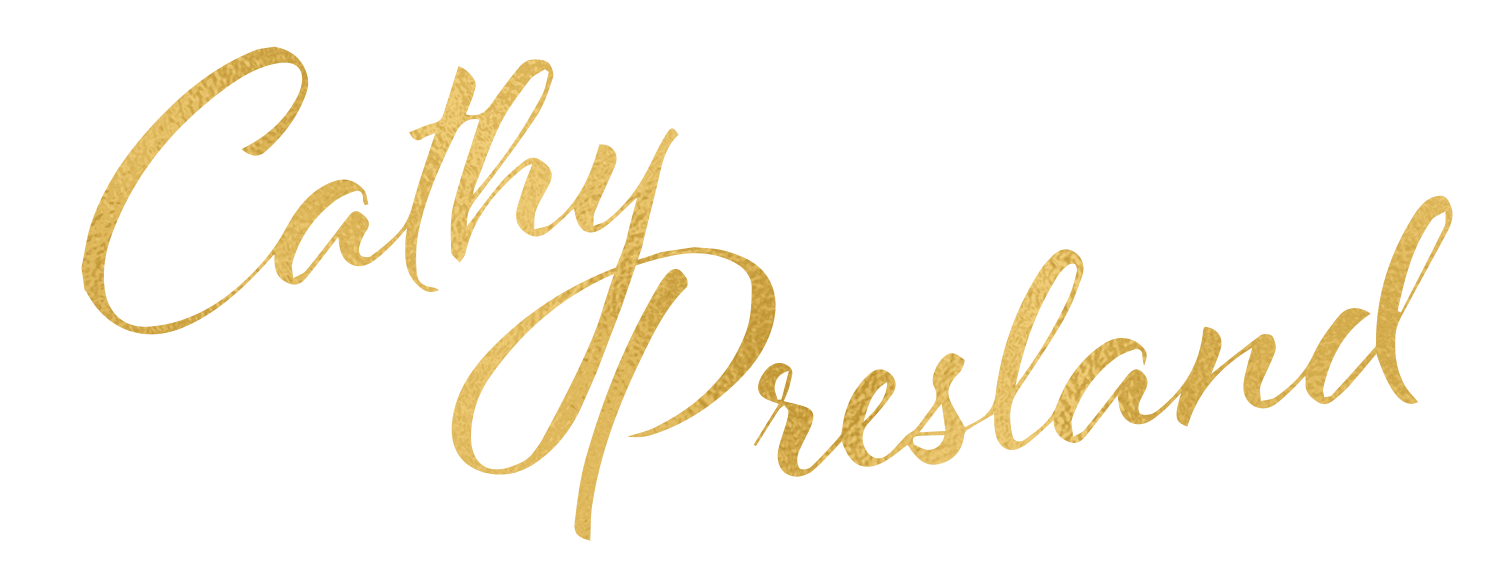Resilience: What Can My Organisation Do to Better Support People?
Resilience…
As I started last night’s call I wondered, aloud, with the group whether there was really anything new to say about this word which seems to be everywhere right now—the most in-demand corporate training I read somewhere. What are we really exploring here, when it comes to resilience… and, is it relevant or just in vogue?
…In Relation to Others
It was only right at the end that we moved from looking at what it meant in relation to ourselves, to what it meant in relation to others, and what our organisations could do better.
Organisations need to provide support to help lift people back up.
Someone contributed.
Such a great point and I wish we had had the time to go deeper. While I did manage to pose the question we didn’t get a chance to explore—so I’m sharing here for you to consider for yourself and your organisation..
The Property of Buoyancy
A few water and sailing metaphors had come during the call, and one that I like a lot is a beach ball in water. If a beach ball has a natural capacity to rise, and it can be pushed down, or held down by repeated pushing, its natural capacity is not diminished, even if it is a bit low in the water.
The ball doesn’t need any help it to come to the surface—as soon as we take away our hand, it will pop up all by itself, in fact it’s trying to do that all the time—resisting our weight keeping it under.
And, yes, the lower down it is, the more time it might take, but there is no need to get under the beach ball to lift it up, because we know, as soon as we let go, and give it space and time, it will float back up all by itself.
So we might say the ball has the property of buoyancy, even if it isn’t floating all the time.
We Do What We See to Do
In the context of an organisation, or any of us, how we see ‘resilience’ in someone else will determine, directly, what we do when it comes to ‘helping’ them.
If we see resilience like that natural capacity for buoyancy, then one set of actions makes sense to us—kindness, comfort, understanding, time and space, maybe guidance for the person to discover that they have this capacity for themselves. We see that we’re all human, we all go through our ups and downs, and we don’t need to be in a rush to heal something faster than the time it takes for the natural process to kick in.
If, on the other hand, we see resilience as something we need to teach someone, because, otherwise they won’t have it, or they won’t have as much of it as they need in any given situation, then another, different, set of actions occurs to us, probably in the direction of telling someone what we think they need to do to (all those lists of how to be more resilient…), and we might also create some kind of internal timeline after which they should have ‘pulled themselves together’ and so need to go on the advanced course to become more resilient, faster.
If, on yet a third hand, we see resilience as the opposite of fragility—that someone can be ‘broken’ and we should avoid this at all costs—then we will rush to a different set of actions, perhaps to protect someone, to see ‘broken’ as something fixed and unfixable; no longer useful to us, or maybe useful with conditions and concessions. But not somehow ‘whole’ by virtue of its nature.
And the Right Answer…?
Whatever makes sense to you!
I know how I see it and what I would ‘prescribe’ but it’s more important, it seems to me, to see that the kinds of structures and support systems any one of us would set up flow from how we see the thing in front of us—this idea of resilience and the people we are aiming to support.
And, therefore, maybe it’s worth spending a little longer to understand what it is we’re looking at before we rush to put solutions in place.
A solution first approach—while understandable when something feels ‘urgent’, will likely tick a few boxes (certainly the box that we ‘did something’!), and might even make us feel good about the doing, but how helpful is it really, and could we have done better? Are we missing the part about seeing, and valuing, someone for who they are, not for how they happen to be showing up in that moment when they’re a bit low in the water?
I don’t know what is right for you and for your organisations but looking again at something isn’t hard and isn’t time-consuming. We had a 90-minute call last night and I’m amazed, as I always am, how willing people are to take a fresh look at something, to dig deeper and consider a new perspective, rather than wheel out what we think we know.
Maybe it’s worth the 90-minutes consideration in your organisation?
With love,
Cathy

